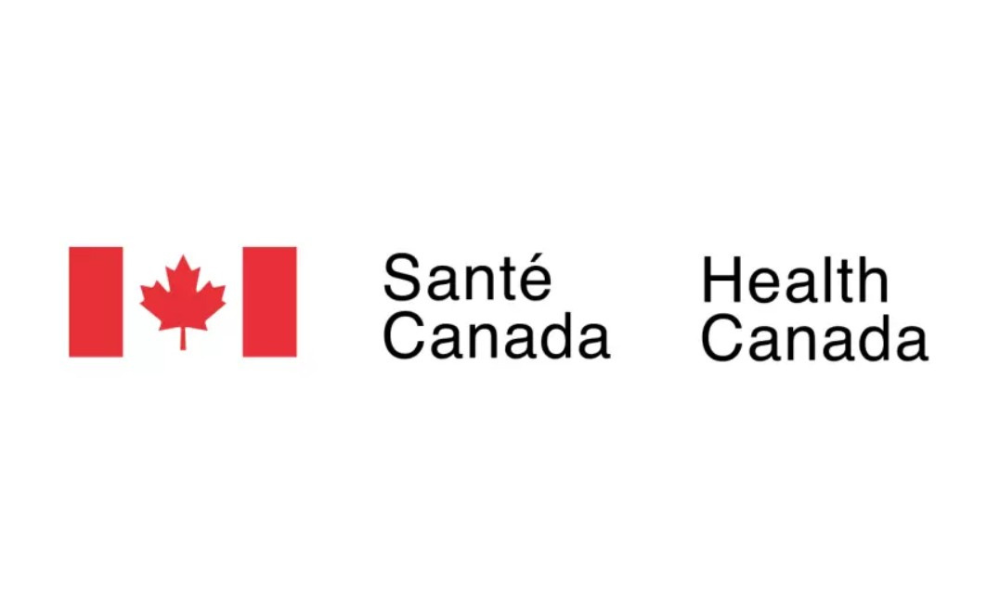October 2008 -- Provincial spending on health care is growing faster than revenues with six of 10 provinces projected to be spending more than 50 per cent of all available revenue on health care by 2036, says a new report released today by independent research organization the Fraser Institute.
New Brunswick and Manitoba face the greatest crunch, with New Brunswick projected to be spending 50 per cent of its total revenues on health care within 11 years while Manitoba could hit the 50 per cent mark within 12 years.
Newfoundland & Labrador will likely reach the 50 per cent point within 17 years, followed by Nova Scotia in 19 years. Saskatchewan will likely take 25 years to reach the 50 per cent point; Ontario 28 years and British Columbia 31 years.
The report, Paying More, Getting Less: 2008 Report, shows that Prince Edward Island will likely take 61 years to reach the 50 per cent point with Quebec taking 86 years before it is required to spend 50 per cent of its revenues on health care. Alberta is the only province where total revenues have grown at a rate comparable to health care spending during the past 10 years.
“Over the past ten years, health care spending in nine out of 10 provinces has grown at an unsustainable rate. Unless governments find a better way to finance health care, then provincial governments will likely be looking at tax hikes, further rationing of medical goods and services, or ugly trade-offs with other important spending areas,” said Brett Skinner, the Institute’s Director of Bio-Pharma, Health and Insurance Policy and lead author of the study.
Paying More, Getting Less: 2008 Report is the Fraser Institute’s fifth annual report on the financial sustainability of provincial public health insurance. The peer-reviewed study uses Statistics Canada data from the past 10 years to project growth trends in government spending on health care versus total revenue. The report uses a moving 10-year trend analysis to measure sustainability. The trend is derived from the average annual growth rates for total provincial government health expenditures and total available provincial government revenue from all sources over the most recent 10-year period.
Skinner notes that while some provinces have experienced revenue growth linked to escalating energy prices, most notably Alberta, BC, Saskatchewan, Newfoundland & Labrador, and Nova Scotia, this trend may not continue and can not be relied upon to cover increasing health expenditures. Additionally, some provinces are heavily reliant on federal transfers for a large part of their revenue. The growth rates for government health spending in Manitoba, New Brunswick, Newfoundland & Labrador, Nova Scotia, and Prince Edward Island are subsidized by federal transfers to a much higher degree than rates in other provinces.
“Alberta is the only province where energy-driven revenue increases have managed to keep pace with health care expenditures. All other provinces have seen health care expenditures climb at a faster rate than revenue,” Skinner said.
In provinces without large energy resources, revenue has been increased through increased taxes. Skinner pointed to Ontario’s “health premium” income surtax, introduced in 2004, as an example of a provincial government trying to find new taxes to cover health care costs.
“The tax burden cannot continue to rise over the long-term unless people are willing to accept declining rates of economic growth and lower standards of living. Trying to drive long-term revenue growth through tax increases is futile,” Skinner said.
The report concludes that Canada’s current public health insurance system is simply not financially sustainable through public means alone and recommends several changes:
Skinner suggests that Canada look to the examples set by Switzerland or the Netherlands, where the government is not in the business of providing health or drug insurance at all. Instead, individuals in those European nations are required by law to purchase comprehensive health insurance in a regulated pluralistic private-sector market, and the government provides low-income subsidies so that everyone can afford coverage.
“Canadians need to consider alternatives to the status quo if we want a sustainable, high-quality health care system. Doing nothing means that Canadians will continue to pay more and get less when it comes to health care,” he said.
For more on the report, visit www.fraserinstitute.org.
New Brunswick and Manitoba face the greatest crunch, with New Brunswick projected to be spending 50 per cent of its total revenues on health care within 11 years while Manitoba could hit the 50 per cent mark within 12 years.
Newfoundland & Labrador will likely reach the 50 per cent point within 17 years, followed by Nova Scotia in 19 years. Saskatchewan will likely take 25 years to reach the 50 per cent point; Ontario 28 years and British Columbia 31 years.
The report, Paying More, Getting Less: 2008 Report, shows that Prince Edward Island will likely take 61 years to reach the 50 per cent point with Quebec taking 86 years before it is required to spend 50 per cent of its revenues on health care. Alberta is the only province where total revenues have grown at a rate comparable to health care spending during the past 10 years.
“Over the past ten years, health care spending in nine out of 10 provinces has grown at an unsustainable rate. Unless governments find a better way to finance health care, then provincial governments will likely be looking at tax hikes, further rationing of medical goods and services, or ugly trade-offs with other important spending areas,” said Brett Skinner, the Institute’s Director of Bio-Pharma, Health and Insurance Policy and lead author of the study.
Paying More, Getting Less: 2008 Report is the Fraser Institute’s fifth annual report on the financial sustainability of provincial public health insurance. The peer-reviewed study uses Statistics Canada data from the past 10 years to project growth trends in government spending on health care versus total revenue. The report uses a moving 10-year trend analysis to measure sustainability. The trend is derived from the average annual growth rates for total provincial government health expenditures and total available provincial government revenue from all sources over the most recent 10-year period.
Skinner notes that while some provinces have experienced revenue growth linked to escalating energy prices, most notably Alberta, BC, Saskatchewan, Newfoundland & Labrador, and Nova Scotia, this trend may not continue and can not be relied upon to cover increasing health expenditures. Additionally, some provinces are heavily reliant on federal transfers for a large part of their revenue. The growth rates for government health spending in Manitoba, New Brunswick, Newfoundland & Labrador, Nova Scotia, and Prince Edward Island are subsidized by federal transfers to a much higher degree than rates in other provinces.
“Alberta is the only province where energy-driven revenue increases have managed to keep pace with health care expenditures. All other provinces have seen health care expenditures climb at a faster rate than revenue,” Skinner said.
In provinces without large energy resources, revenue has been increased through increased taxes. Skinner pointed to Ontario’s “health premium” income surtax, introduced in 2004, as an example of a provincial government trying to find new taxes to cover health care costs.
“The tax burden cannot continue to rise over the long-term unless people are willing to accept declining rates of economic growth and lower standards of living. Trying to drive long-term revenue growth through tax increases is futile,” Skinner said.
The report concludes that Canada’s current public health insurance system is simply not financially sustainable through public means alone and recommends several changes:
- encourage the efficient use of health care by requiring patients to make co-payments for any publicly funded medical goods and services they use;
- relieve cost pressures facing the public health insurance system by legalizing the right of patients to pay privately (private insurance or out of pocket) for all types of medical goods and services, including hospitals and physician services, as is currently allowed for access to prescription drugs;
- allow health providers to receive reimbursement for their services from any insurer, whether government or private;
- shift the burden of medical price inflation onto the private sector by allowing providers to charge patients fees in addition to the government health insurance reimbursement level; and
- create incentives for cost and quality improvements by permitting both for-profit and non-profit health providers to compete for the delivery of publicly insured health services.
Skinner suggests that Canada look to the examples set by Switzerland or the Netherlands, where the government is not in the business of providing health or drug insurance at all. Instead, individuals in those European nations are required by law to purchase comprehensive health insurance in a regulated pluralistic private-sector market, and the government provides low-income subsidies so that everyone can afford coverage.
“Canadians need to consider alternatives to the status quo if we want a sustainable, high-quality health care system. Doing nothing means that Canadians will continue to pay more and get less when it comes to health care,” he said.
For more on the report, visit www.fraserinstitute.org.





